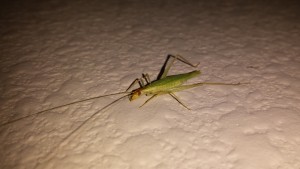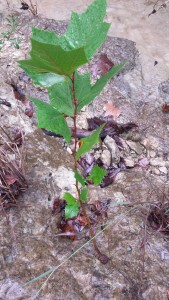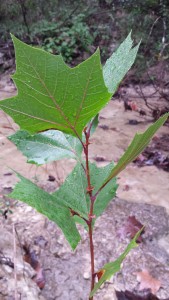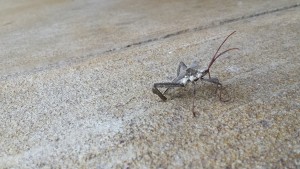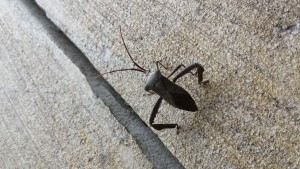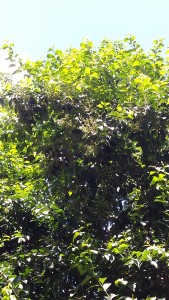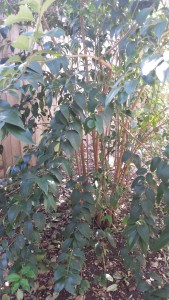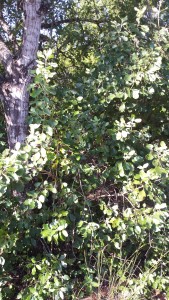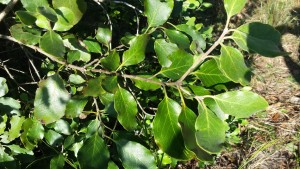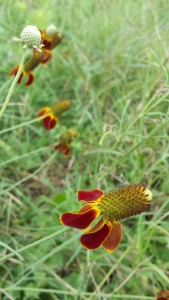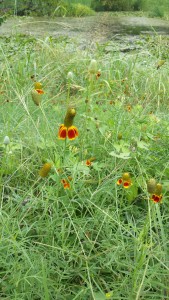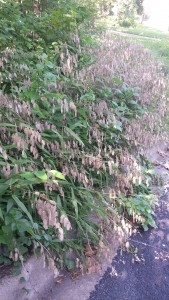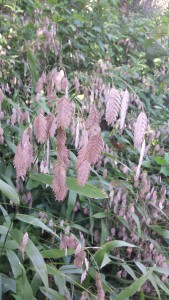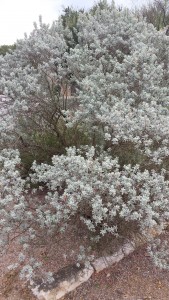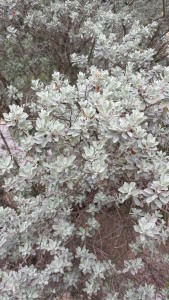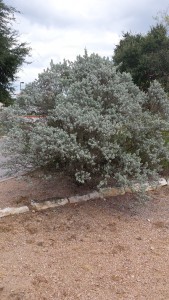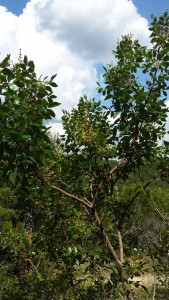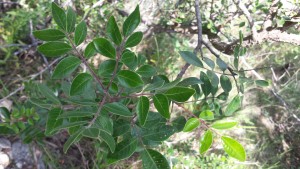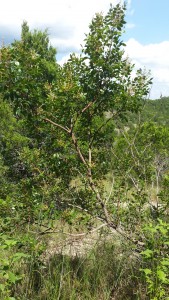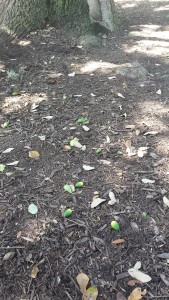The narrow-winged tree cricket, Oecanthus niveus, is part of the family Orthoptera. These crickets are nocturnal and can be found on every continent except Antarctica. They’re easy to identify by the black mark on the first antennal segment and the head marked with an orange/red-orange spot. The bodies of tree crickets are long and skinny with a coloration that matches their habitat. They can commonly be found hanging out on the crowns of broad-leaved trees, understory trees, and tangled undergrowth (although this one was found hanging out in my apartment building’s hallway, most likely attracted by the hallway lights). Their antennae can sense both touch and odor and they have compound eyes, which are inherent in all Orthoptera. Like other species of cricket, they produce their calling song by rubbing the ridges of their wings together. The chirp (or trill) of a tree cricket is long and continuous and can sometimes be mistaken for the call of a cicada or certain species of frogs. While male tree crickets have the ability to call, females lack the ability so, based on this fact and from pictures I’ve seen of males and females, this individual was most likely a female.
iNaturalist post
Cricket info.
